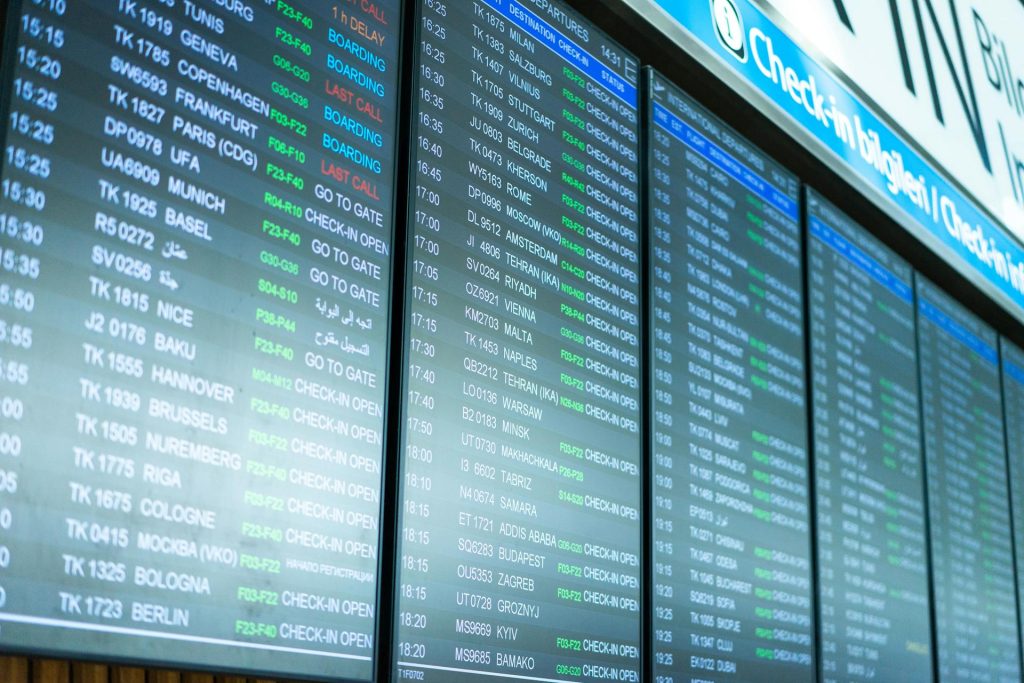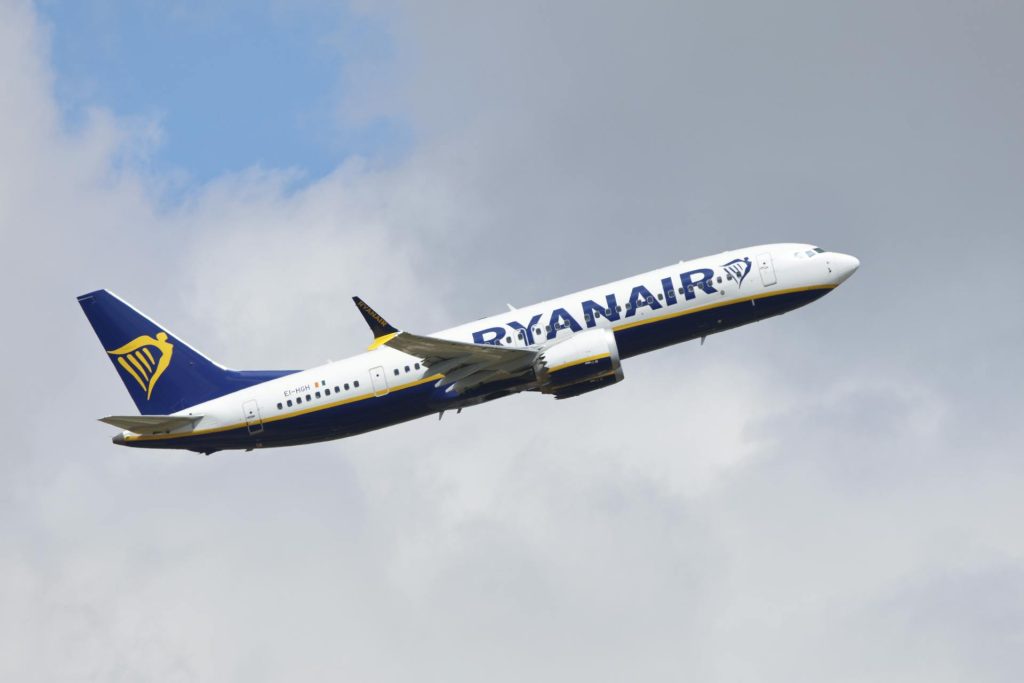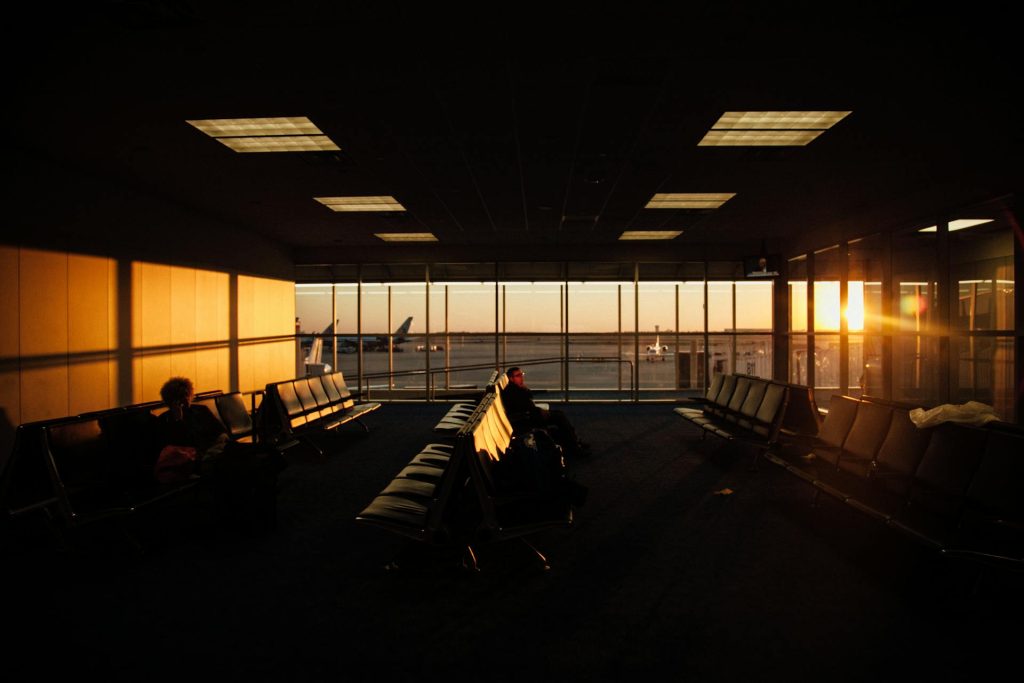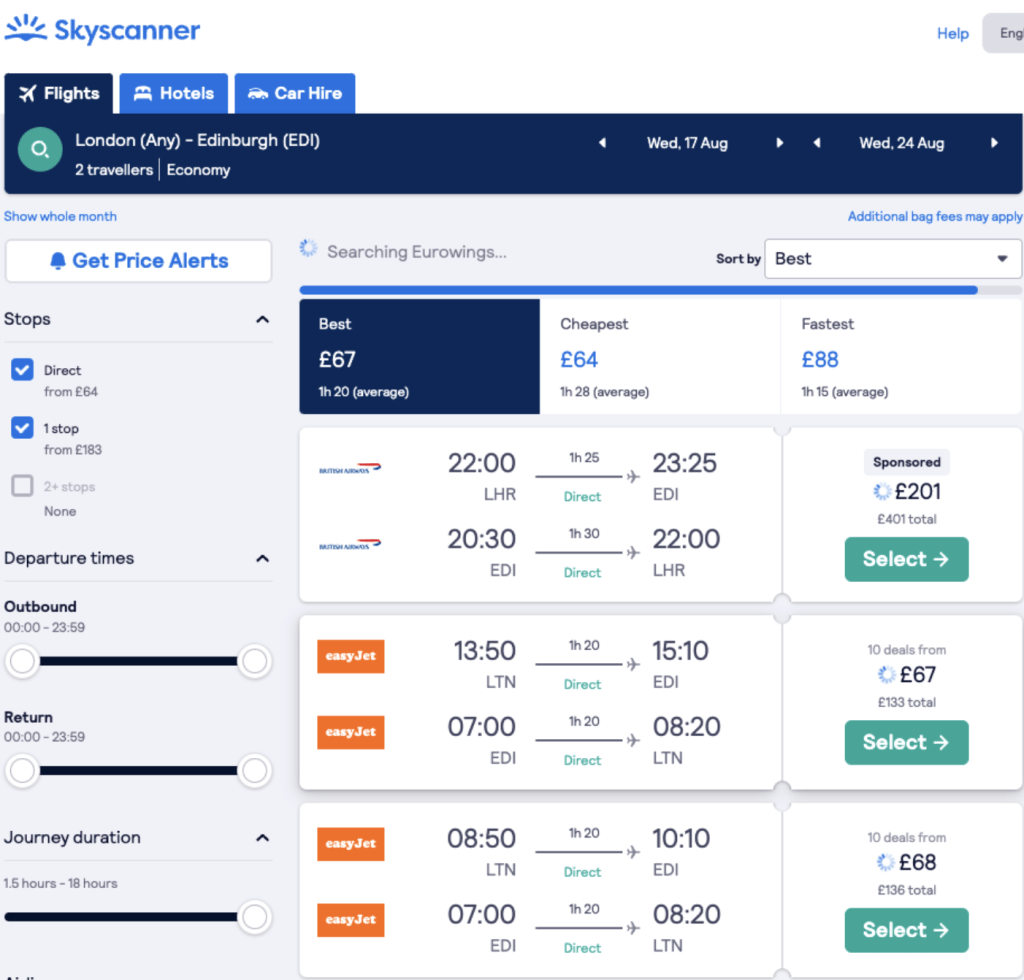Flying is one of the most expensive aspects of traveling, so flights can be the biggest hurdle when traveling. The good news is that there are some tips and tricks to help you cut down significantly on your flight costs.
Below are seven travel hacks to save you money on your next flight:
Be Flexible with Your Travel Date and Times:
A flexible travel date is one of the most powerful tools for saving money on flights. Airfares move up and down based on demand, and flying at less popular days or less convenient hours can save you hundreds of dollars.

- Fly midweek for a better price: In general, Tuesday and Wednesday departures can be less expensive than weekend flights (Friday, Saturday and Sunday), with Sunday sometimes being the most expensive day of the week to fly. A typical mid-week departure and return can save you a good percentage over weekend travel.
- Try early morning or late-night flights: These flights are generally less convenient (and are often referred to as “red-eye” flights), which means lower fares as a result. It may require some juggling of sleep schedules, but the savings can be significant, particularly on longer trips. And early morning flights tend to be least prone to delays.
- Be open to shoulder seasons: Traveling during the shoulder seasons (the windows of time between peak and off-peak seasons) can present an ideal balance of price and experience. You’ll probably encounter cheaper flights and accommodations, fewer visitors, and still have nice weather in many places. For example, travelling to Europe in the early months of spring or late autumn can be much more affordable than in the summer months.
- Use flight aggregators with flexible date search options: So you can use Google Flights, Skyscanner or Kayak and search for flexible date range flights. With its calendar view of the cheapest days to fly in the week or even a month, you frequently can choose the most affordable dates to travel.
Take Budget Airlines (Cautiously):
Going with budget airlines can sometimes mean a world of difference in base fare compared to full-service ones. But be sure you understand their potential downsides and hidden costs.

- Lower base fares, bigger possibility of add-on fees: Budget carriers often unbundle their services, which means that you pay more for things that are included in the cost of a traditional airline ticket — checked baggage, for example, carry-on bags (other than a small personal item), choice of seat, in-flight meals and drinks and even printing a boarding pass at the airport.
- Be aware of all associated costs: Before booking a flight on a budget airline, make certain you have understood the pricing structure for all the services you may want. That gives a more accurate comparison with the full-service airlines when you add these potential expenses into the mix on top of the base fare. With all the additions, it can sometimes cost as much or more than a non-low-cost carrier.
- Know the fine print: Read the baggage restrictions (size and weight limits) and other terms and conditions closely, so you won’t face surprise fees at the airport. Rules are very strict on some budget airlines, and exceeding limits can lead to hefty fines, or even denied boarding.
- Think about the trade-offs: Budget airlines often fly from smaller, sometimes less conveniently located airports. They also may not have as many amenities and are more prone to delays or cancellations. Consider whether at the end of the day these outweigh savings you might see to determine if it’s the right choice for your journey.
Embrace Layovers:
Non-stop flights are nice but they tend to be more expensive. For those without time constraints, one or more layovers can reduce the cost of flights significantly.

- Layovers often come with lower fares: Airlines typically price flights with layovers less than direct flights because of the extra travel time and inconvenience. On long-haul routes, savings can sometimes be significant.
- Strategic stopovers can be a bonus: If you have a long layover in an interesting city, you can even get to know a new destination — albeit briefly. But, do give yourself enough time for the layover, and make sure your visa allows you to do this.
- Utilize multi-city searches: When searching for flights, make sure to take advantage of flight comparison sites’ multi-city search enablement, and see what it costs if you include an itinerary that may include a stopover, compared to flying direct.
- Layover time: While longer layovers can save on price, make sure they are not too long, which may cause fatigue and wasted time spent at the airport. Take a layover of the minimum duration that makes sense in terms of travel time vs. cost (1-3 hours for domestic, 2-4 hours for international).
Use Flight Comparison Sites to Find Better Deals and Set Price Alerts:
The same internet that has transformed flight search—which lets you effortlessly compare prices at different airlines and online travel agencies—has also made booking a flight easier than ever before.

- Check and compare prices on different sites: You should never just check a single website. As an example, you can use some flight comparison tools (such as Google Flights, Skyscanner, Kayak etc.) and then compare this among several travel agencies to view all accessible options and low-priced fares. These sites consolidate information from many airlines and travel agencies.
- Directly check airline websites: After finding a good deal on a comparison website, always cross-check with the airline website itself. Airlines may also sometimes have promotions or discounts that won’t be listed on third-party platforms. When you book directly with the airline, you may also find more flexibility during potential changes or cancellations.
- Set up price alerts: Most flight comparison websites provide you with the ability to set price alerts for your preferred route and dates. Prices will change, and they will send you email or app notifications as they do, so you can book when it’s to your liking. This removes the need to track prices constantly by hand.
- Try searching in incognito mode: There are some theories that airlines and booking sites track what you’re searching for, and prices may go up if they see you are looking for the same flights multiple times. This is not definitively proven, although researching using incognito or clearing your browser cookies before searching can be a good idea.
Book at the Right Time:
However, there’s no one-size-fits-all rule; historical data and industry expertise offer the best times to book for cheaper airfare.

- The “sweet spot” for domestic flights: For domestic flights, tickets purchased between 21 and 52 days in advance are generally at the lowest price — an average sweet spot around 38 days before departure date.
- Book sooner for international travel: The best window to book international flights is usually wider: 2 to 8 months out.
- Don’t book last minute: Air travel prices generally go up quite a bit as the departure approaches because of dwindling availability and increased demand from last-minute travelers (business travelers in particular).
- Understand peak seasons and holidays: If you are travelling during peak seasons (e.g. summer holidays, big festivals) or close to public holidays, you have to book a little earlier as the prices will be much higher with demand. In fact, this is true if you book 3-6 months in advance of peak season travel.
Explore Alternative Airports:
Often, flying into or out of a smaller, less centrally located airport near your destination can save you a bundle.
- Lower fees at smaller airports: Airlines operating out of smaller airports tend to pay reduced airport fees, which can lead to cheaper ticket prices for the flying public.
- Check out nearby options: Do some research on whether there are other airports, both in your departure city and your destination city. It might involve some ground transfer (think train or bus), but you’ll likely save enough money on the actual flight to make the potential inconvenience worth it.
- Take into account ground transportation costs: For alternative airports, keep in mind that the cost and time spent to reach these airports must be factored into any potential savings overall.
Use Credit Card Rewards and Loyalty Programs:
If you travel a lot, you can use travel credit cards and airline loyalty programs to rack up points or miles you can use to fly at a discount or, in some cases, for free.

- Gain points/miles on habitual spending: A large number of travel credit cards offer you points or miles for each dollar you spend, which you can later exchange for flights, lodging, or other travel-related costs. Certain cards promote bonus points on travel-related purchases.
- Maximize welcome bonuses: Travel credit cards typically offer large welcome bonuses after you meet a specified spending requirement within a certain period of time (e.g., within the first three months after opening your card). It is one way to earn a lot of rewards quickly.
- Loyalty programs of airlines and hotel chains: Enroll in the loyalty programs of airline and hotel chains you regularly fly and stay with. Building up miles or points with an airline can earn you free flights, upgrades, priority boarding and more.
- Have a redemption strategy: Know your redemption value/options for your cards & loyalty programs. In some cases, it’s better to transfer credit card points to certain airline partners than to redeem them directly through the credit card portal.
If you want to have a dream vacation for a fraction of the cost, try all seven of these travel hacks for yourself. The trick is being flexible, doing some research and making a strategic plan to get the best available deals. Happy travels!




